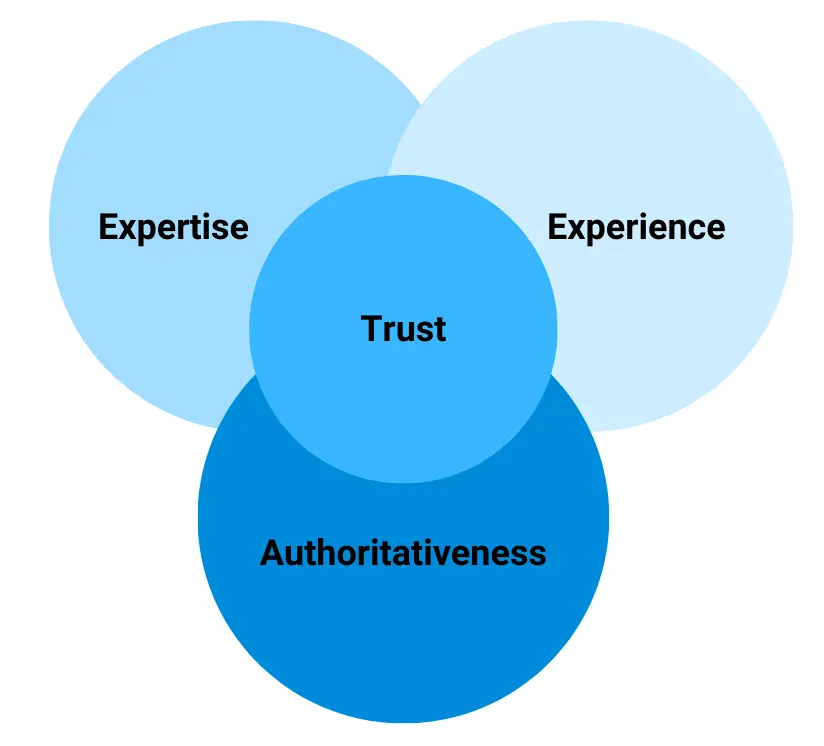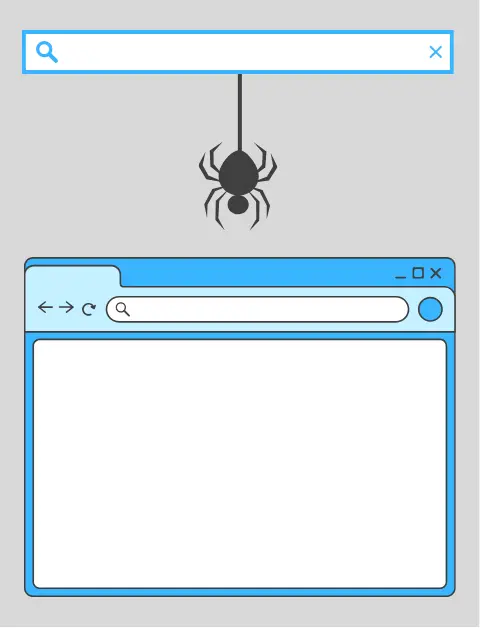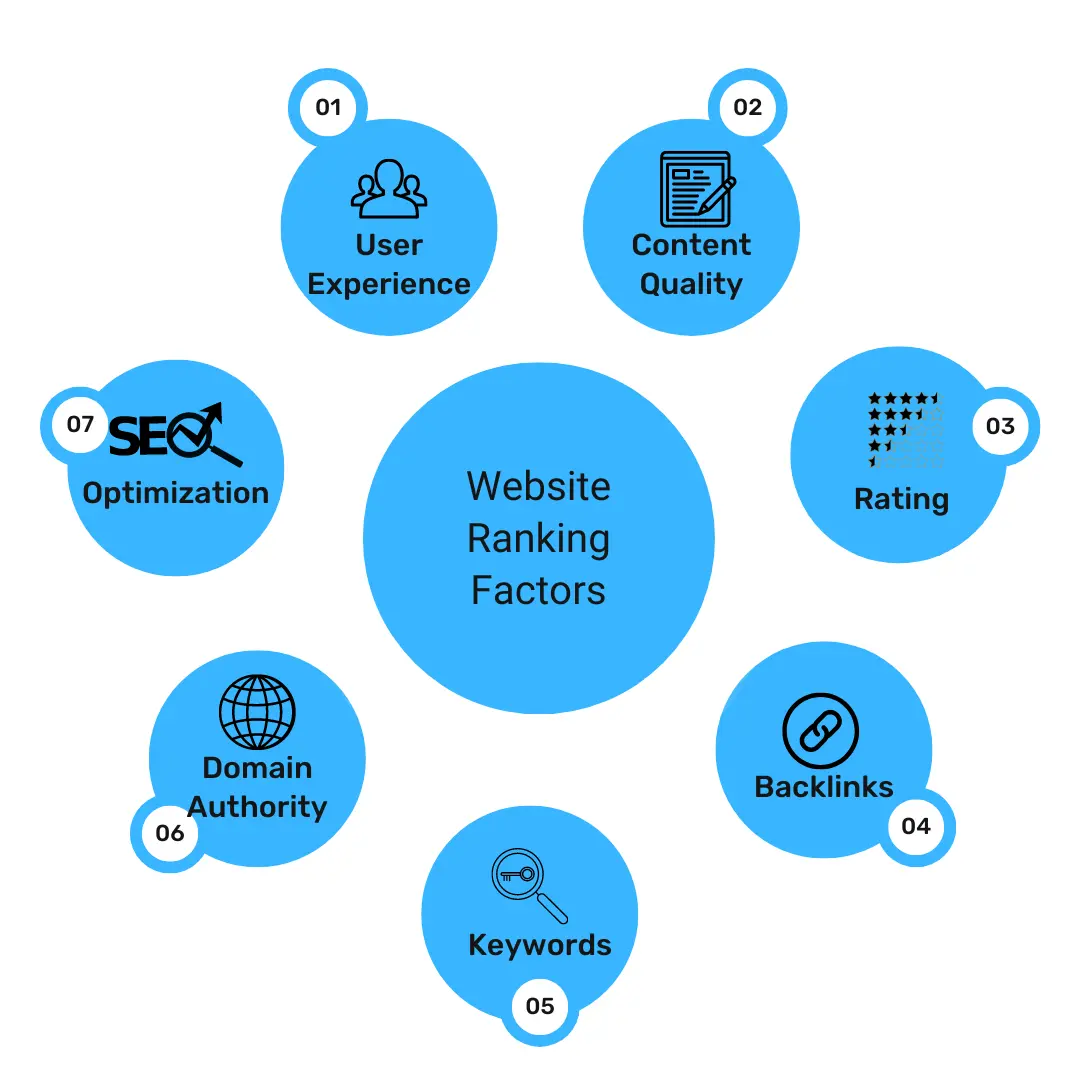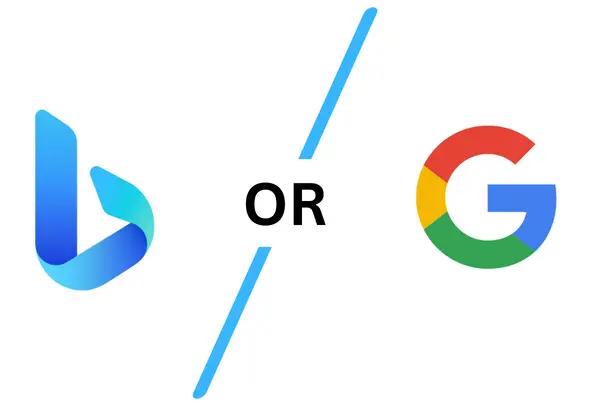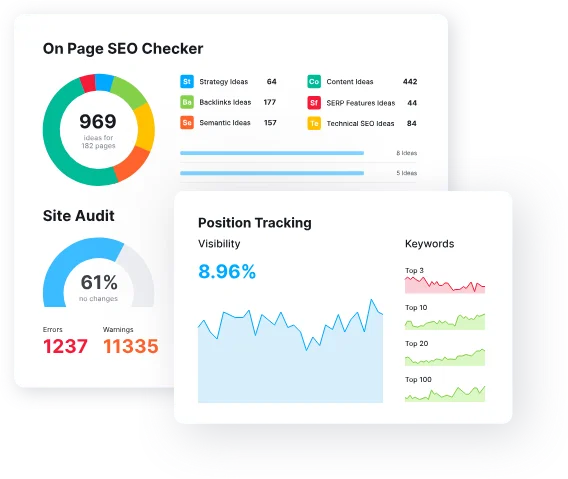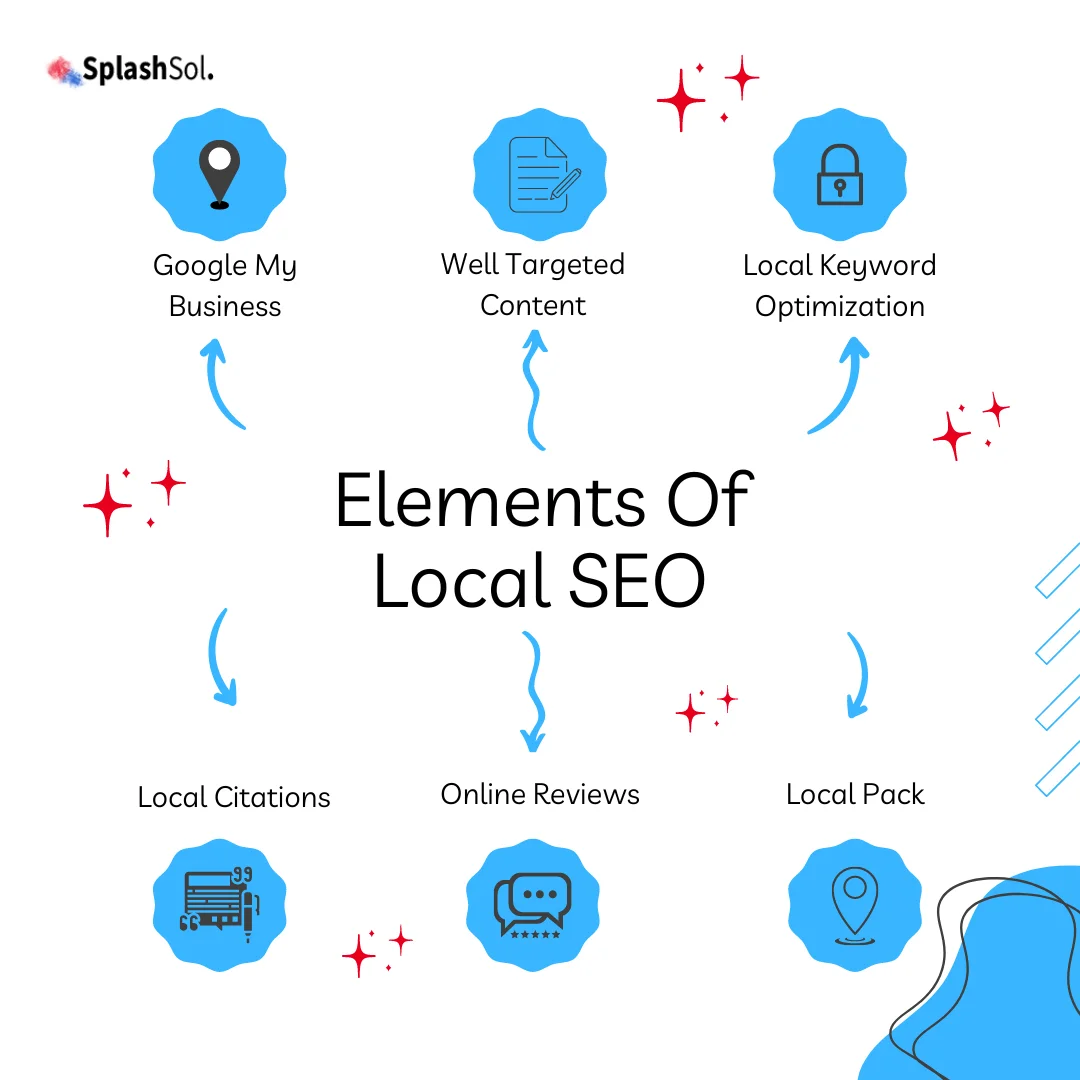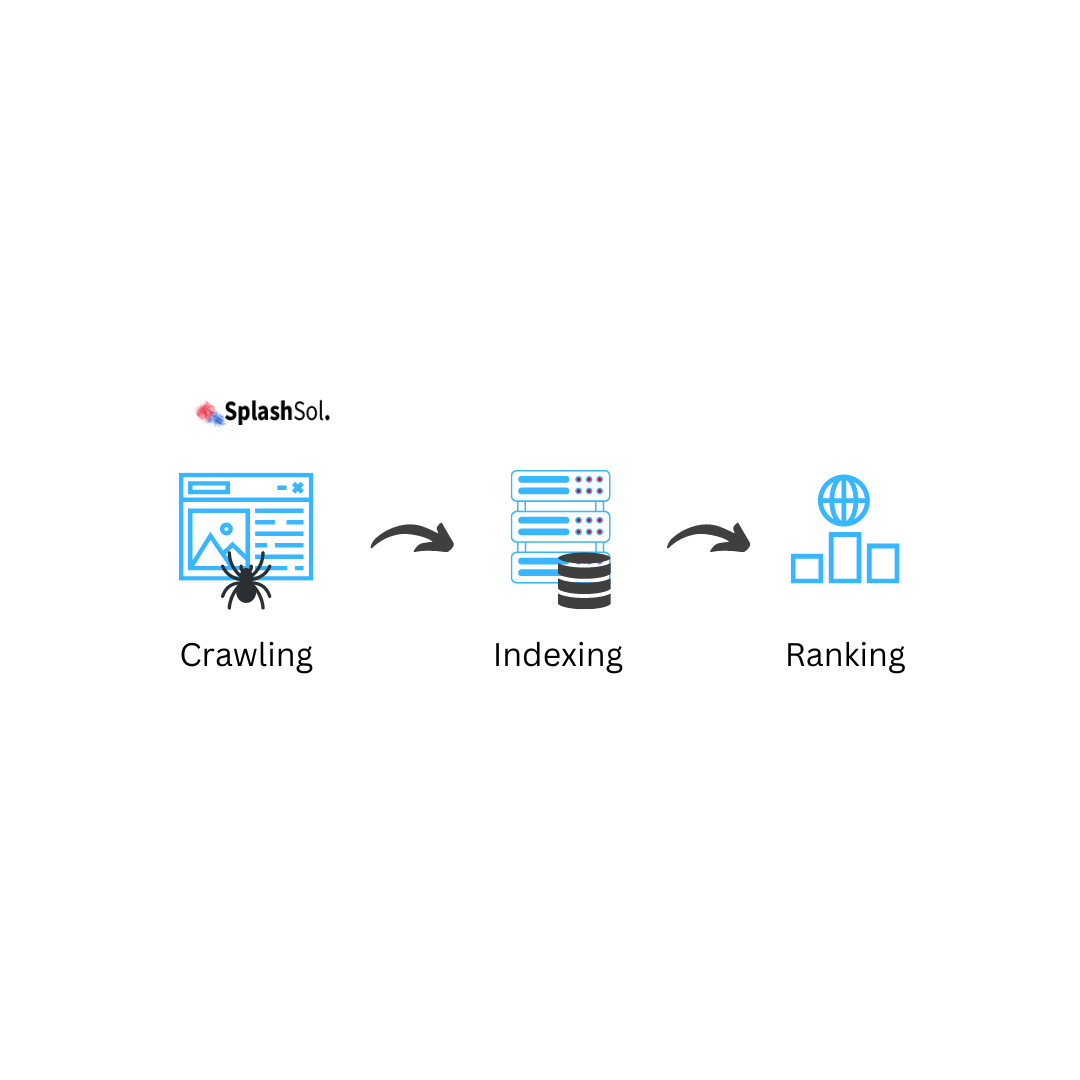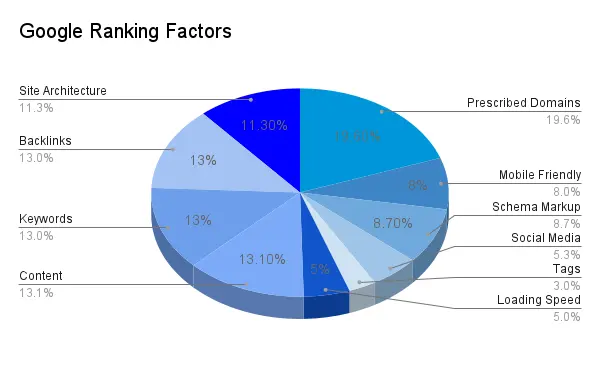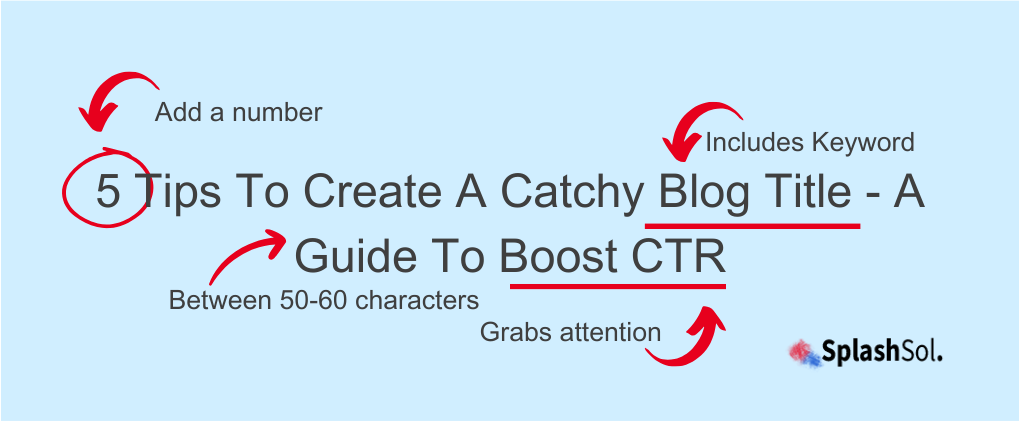Are you all set to design your new logo but need to decide what colours to use? This article has got you covered.
Your colour preferences and your brand will determine how many colours your logo should have!
For example, using one primary colour can help you stand out from other businesses and make sure that customers can easily visualize your brand.
Whatever decision you make, knowing how many colours work best for you is essential. So, you don’t wind up with an ugly design that doesn’t convey its message effectively.”
7 tips for deciding how many colours a logo should have
The most crucial aspect of any logo for a brand is how it looks and appeals to prospects.
It should be appealing and encourage visitors to click on the brand name and make a purchase.
1. One-colour logos
Logos like Nike are a great example of one-colour logos that looks subtle, elegant, and simple in all senses. Some other common examples are the Nike swoosh on a red background or the white Apple logo on a grey background.
Using one colour makes the logos memorable and iconic to help the brand stand out from its competitors.
However, there is no hard and fast rule to use one colour only, but essential to understand the simplicity rule. The more straightforward approach you choose, the easier it will be to attract.
If you want to make your logo something people recognise and remember, then one colour is a great option.
Logos with one colour are simple and easy to identify. Regardless of the type of background, such logos can be used in many different places and contexts. Logos with just one colour also tend to be timeless because they don’t change much over time as people’s tastes evolve or changes in technology occur (like fonts).
2. Multi-coloured logos
Using multiple colours is also fun as long as you want an interesting theme for your business. Whatever approach you choose, make sure your logo looks natural and contrasts with your overall business.
Depending on the colour of your logo, choose a colour theme that sits well with your audience. For creativity, you can also experiment with different bright and bold colours for your logo but select a base in either black or white.
All this combined will help you create an attractive logo with designs that can be adapted to different mediums and requirements.
In case you do not have the resources to experiment with colours, a compromising option is to go with something monochrome or subtle.
3. Different colour scheme
It is crucial to remember that not all logos are designed for the same purposes. For instance, logos used in advertising are often observed with different colour schemes. So choose a colour you think will stand out to your audience – such as red or green.
In short, the colour palette in logos can create a design that is both striking and simple at the same time. A great example of this would be the new Apple Watch logo which features five different shades of blue on its face (blue being an easy choice).
4. Primary colours
If you are a fan of multi-coloured logos, choose more than one colour as part of your brand palette. It is best to stick to primary colours like blue, green, and red which has been a popular choice of primary colours for big brands. From Netflix, Facebook, and Coco cola to many other brands we admire, selecting a specific colour theme palette has always been hype.
If you are trying to create a logo with variations in designs, study other well-designed colours and take inspiration from the colours used in those.
Whatever you do, try not to overcomplicate your logo by using too many colours.
5. Two-coloured logos
Logos with two colours are the most common ones. They are easy to see and do not take much time to process. This makes them ideal for companies who want their logo recognizable but not very complex to confuse the viewer.
In addition, it’s a good idea to ensure your logo has an unconventional amount of red, green, or other primary colour combinations. It’s because such colours grab attention and keep the viewer hooked to the brand. Such a red apple may not seem like anything special at first, but adding a spark of colour can help it stand out perfectly!
Also, a logo with two colours is a great way to keep things simple. You can use them as an accent colour on your website or as part of a larger design. When choosing colours for your logo, remember that it should have enough contrast so people can easily see what it says.
Most logos associated with the clothing industry are composed of two bold colour choices. Such as red represents drive and power, while green or yellow highly complements the current logo industry trends.
6. Mix of colours
Many logos are created with just a mixture of bold colours. This type of logo aims to represent what you stand for and attract with a fixed colour palette.
For example, if you are a part of a fast-food chain and your brand values include a “relaxed atmosphere” and “fresh ingredients,” you can better represent such concepts with two shades of blue (one representing relaxation, one representing freshness).
If your company produces medical equipment or supplies, red may be an ideal choice for its resemblance with blood and other surgical equipment.
Logos created with different colours and themes can also represent a product or service well. For example, a company working in the textile industry may use bright and bold colours to represent its brand. Such colours represent the brand and match perfectly with the current season trends.
When using multiple colours for your logo design, ensure they are distinct. The right font size will also play an essential role in making sure that your text isn’t too small or large so that it doesn’t get lost among all those other images. That’s how you must come up with a logo design.
7. Bottom line
A logo can be one colour or many. A logo with multiple colours gives a sense of variety and diversity, which is good for your brand’s image.
It also helps to make your logo more complex and attractive. However, this comes at the cost of simplicity in terms of how much information you need to convey from your logo.
Also read: How much is the logo design cost in the UK.
What’s the best approach to choosing colours for the logo?
While one-colour logos are popular, many logos use two, three, or more colours. However, this depends on the brand, its message, and the target audience.
Most of the time, it’s better not to use more than three colours in your logo. If you can’t decide on one or two colours, this rule will help make sure that colours work well together and don’t clash.
Tips for choosing the best colour logos
Go with a monochromatic theme.
This is a logo that has only one colour in it, usually a primary and secondary colour. The monochromatic design is often seen on sports teams, showing their combined team colours.
This type of logo can be more effective when created with a strong contrast between the two primary colours (e.g., red and blue).
However, it may not fit well with other types of businesses where there are many different shades within the same colour range (e.g., yellow).
Multicolour works the best.
A multicolour design incorporates multiple shades of one colour into its design scheme.
This type of logo looks nicer than those made from only one shade because they offer more visual interest than having two separate shades next to each other.
Moreover, you can use multiple colours to create a brand identity and make your logo stand out. The right choice of colours will help you convey your message, make it memorable, and give it a unique look.
The best way to choose popular colours for your logo is by studying competitors’ logos as well as their brand’s identity needs.
Experiment with flat logo design.
A flat logo design is a simple and minimal one that’s easy to create and reproduce. It’s also easy to remember, adapt to different uses, and customize or integrate into different media. All these qualities make a flat logo design perfect for your business needs!
Try gradient logo design.
Gradients are also preferable to add depth and movement to your logo colour. They can also help you create an energy-filled feeling or even life itself!
Gradient logos are great for logos with some sort of motion.
This could be something as simple as an arrow pointing upward or downward or more complex, like a heart beating under your brand name. In short, it could be anything that makes the viewer feel like they’re moving through time and space when looking at your logo will work well with gradients.
Use colour to make your message stand out.
Colours can be used to make your message stand out. If you are trying to convey a feeling or mood, use colours that best match that emotion. For example, if you want to express excitement and energy in your logo design, choose red as the primary colour—bold and exciting!
Some colours may fit best than others, depending on what message you wish to convey:
Blue tends to be associated with trustworthiness and dependability—this makes sense because blue works best when paired with other lighter shades such as yellow or white. It’s also interesting how much darker blues can look like night-time skies compared with lighter versions which retain their vibrancy yet appear less intense.
If your message is simple, then using fewer colours in a logo will stay relevant to it. This can be especially beneficial for branding since fewer colours will make it easier for consumers to remember your company name.
Also read: Why is a logo important for your business
Which logo is best for your business?
Monochromatic logo designs are the most common. They are easy to recognise and create in print or on screen.
However, the monochromatic colour scheme can be a bit limiting for some companies, making it challenging to use colours besides black or white.
For example, if you have a company that sells clothing with bright colours like red or yellow, choosing something in multiple colours can be hard.
The most common and versatile type of logo is the monochromatic logo.
These logos are typically composed of one colour, which gives them a great deal of versatility. To avoid confusion, you can use your logo in black and white or add a hue like red or blue to give it some extra pop.
Concluding how many colours should a logo have.
In today’s modern world, it has become imperative for brands to have a logo that represents their business. A good logo will help people remember and associate you with their actions.
However, there are many advantages to using more than one colour, such as separating products, distinguishing between different shades, and creating a unique brand identity.
If you’re wondering what colours to use for your next logo, don’t worry now! With the help of this article, we covered nearly all the possible questions and ideas about logo colours.
When it comes to how many colours a logo needs, you must look at what works best for your business.


